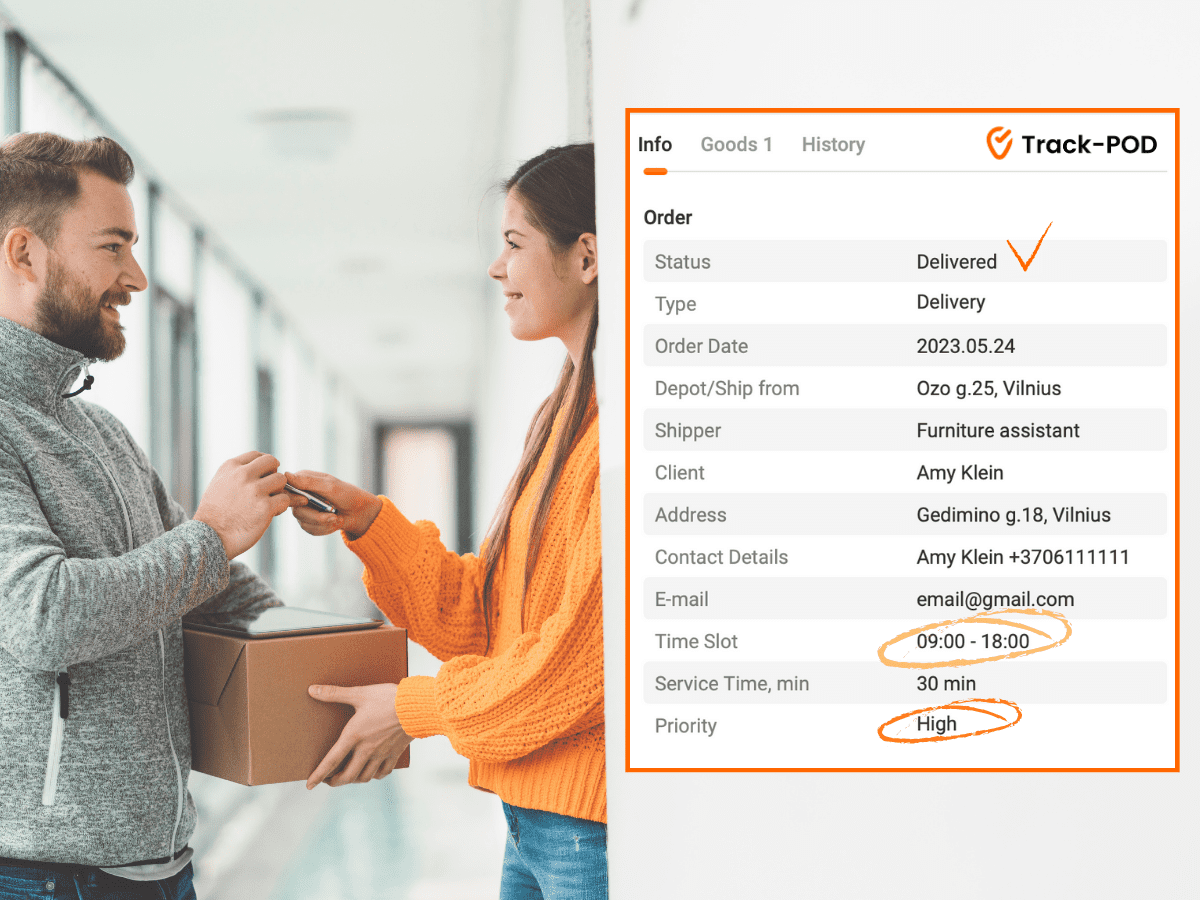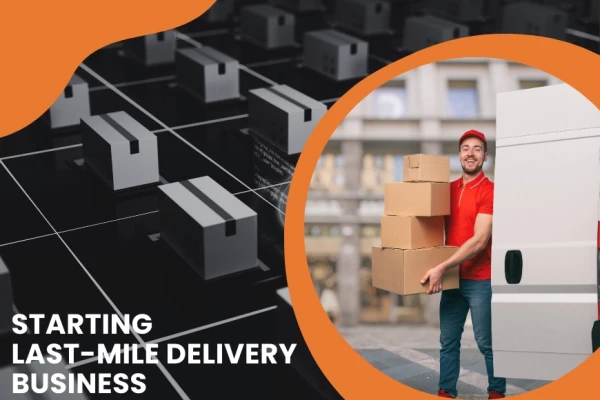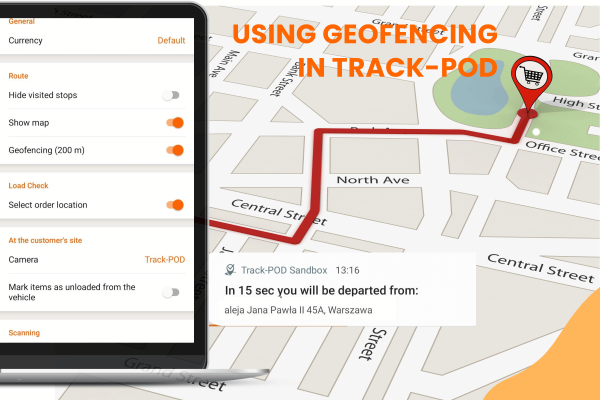Attempted Delivery: How to Improve Your FADR Metric

by
Alina Kostukova
May 30, 2023
First Attempt Delivery Rate (FADR) is an often-overlooked yet critical metric in last-mile delivery.
This benchmark measures the success rate of deliveries on the initial try. Yet it does more than just tell you how well your delivery services perform.
Similar to on-time delivery (OTD), FADR highlights any blind spots that need to be fixed right away. From inefficient courier tracking to poor route planning and human error.
In this post, we'll outline the importance of having a high FADR score and provide useful tips for increasing it. Explore the insights to make all attempted deliveries successful and avoid redelivery costs.
What is First Attempt Delivery Rate?
The 'first attempt delivery rate' is a crucial measure of the efficiency of delivery service.
It tracks the percentage of orders delivered successfully on the first attempt.
In other words, FADR, also known as the 'First Time Right' (FTR) metric, shows what share of customers have their orders fulfilled correctly on the first try.
There are two critical criteria when it comes to FTR orders.
Orders that have only been partially completed or re-delivered do not qualify as 'first time right' orders. Even if the second delivery attempt was successful.
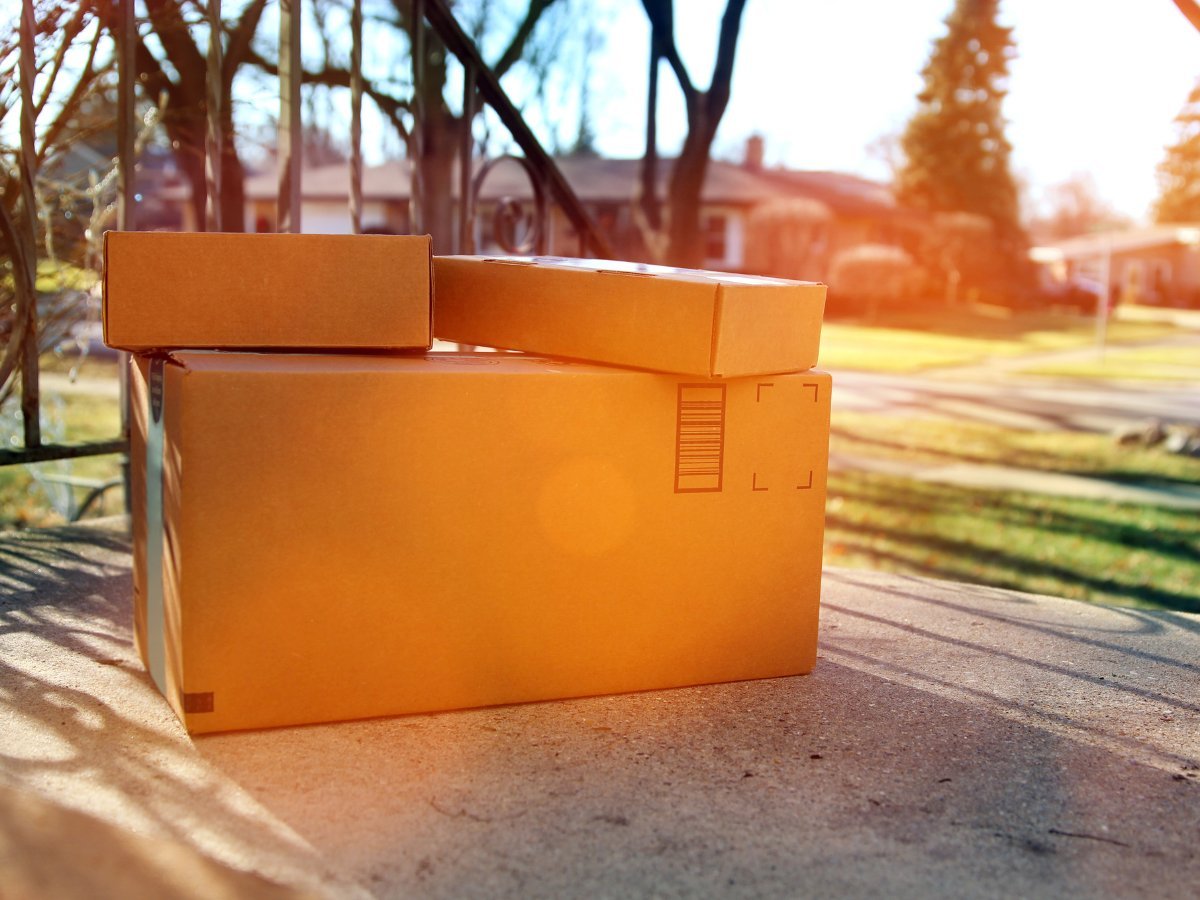
Why FADR matters
First delivery attempt is essential since it directly affects a company's bottom line. Let's have a look at how the FADR score can have an impact on a few key areas of your business.
No extra costs
Delivering on the first try will save you not just time and effort but also money.
Let's discuss some of the budgetary benefits of a high FADR score.
-
If the order is delivered on the first try, your courier will save time making a second trip to the destination. They could complete a new order during the time spent on the redelivery.
-
Every successful delivery attempt reduces additional fuel costs, increasing each order's profit margin.
-
Delivering orders on the first try also avoids the need for added warehousing expenses.
-
Your customer support team will also avert unnecessary requests and follow-ups with the customer if your couriers maintain a high FADR.
Your company may also be able to avoid paying penalties. In some cases, online retailers must pay fines for failing to meet delivery deadlines.
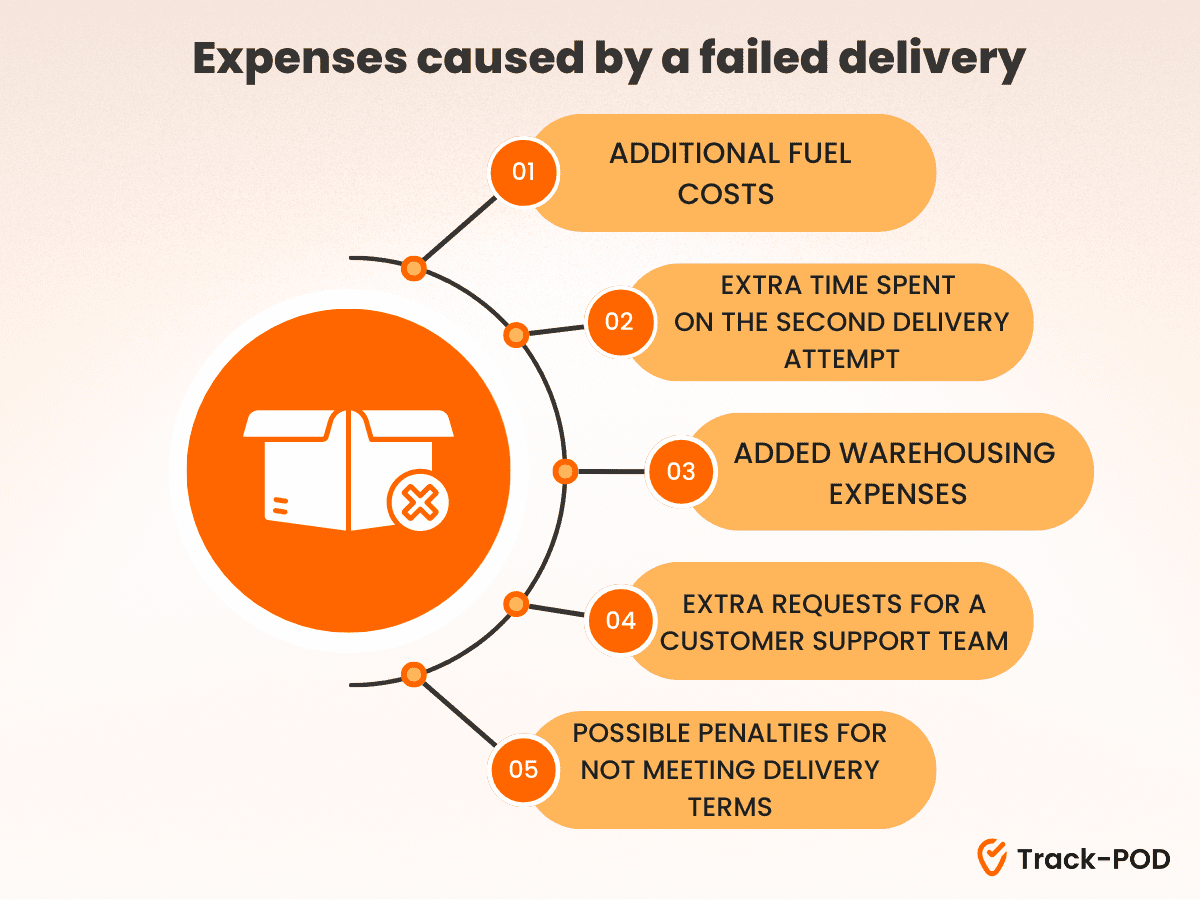
Happier customers
Orders that are fulfilled 'first time right' are more likely to result in satisfied customers and a positive brand reputation.
If the order is not delivered on the first try due to a mistake by a courier, software, or dispatcher, you can expect to hear from a dissatisfied customer.
Customers are more likely to return if their initial order was delivered on time and fully.
How to keep track of FADR?
Let's discuss how to calculate FADR to make it a relevant benchmark for your company.
With advanced delivery management software, you can get order and trip summary reports to keep track of your delivery operations.
Shipping reports play a critical role in calculating your first attempt delivery rate.
- Pull your order overview report to have a complete list of all orders fulfilled during a specific period.
In Track-POD, for instance, you can access the "Overview of Orders" report, which includes all the order and driver information you need to calculate your FADR.
- Next, sort your orders by status to see the full overview of all Delivered / Not Delivered / Partially Delivered orders.
Read the FAQs below this article for a complete list of order statuses.
- If you want to receive a specific number to rely on, subtract the percentage of delivered orders from the total number of orders.
- Note that all the orders 'Completed on Time' and 'Completed in Full' fall under this category.
Our "The State of OTD" report comprehensively analyzes the on-time delivery (OTD) metric across all delivery operations.
- Keep a record of all rejected/failed deliveries and the reasons for rejection to monitor your first attempt delivery rate.
- Evaluate your performance, keep track of errors and rejection reasons, and deal directly with the found issues.
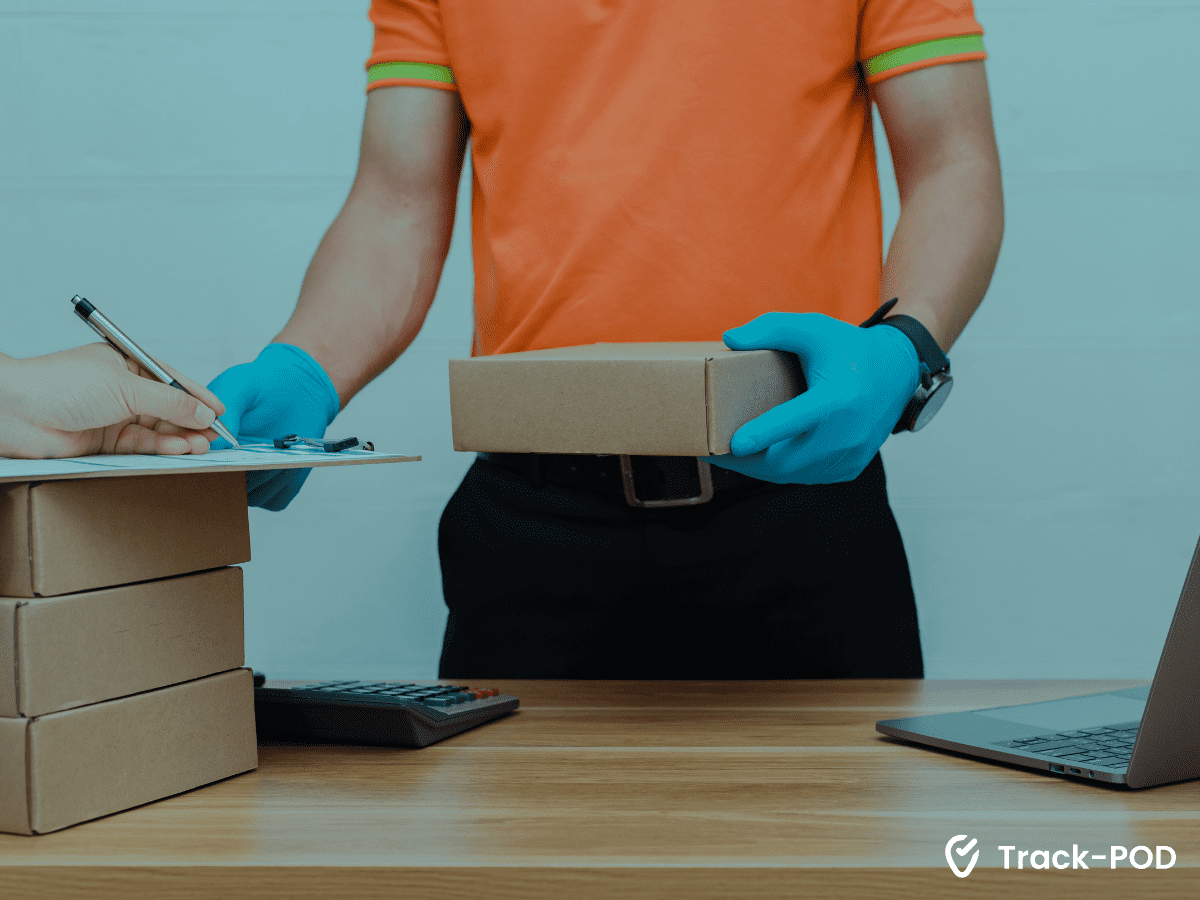
How to improve FADR?
Once your FADR is calculated and pain points are found, you need to work on improving your delivery success rate.
Businesses can invest in better technology and implement preventive measures to ensure that every attempted delivery is successful.
Let's go into more detail about how you can streamline your first attempt delivery rates.
1. Time slots and order priority
It would help if you considered the customer's availability to pick up their order and the order's priority.
Using last mile delivery software that lets you set up delivery time slots and order priority is essential.
With this approach, customers are guaranteed to receive their delivery at a convenient time.
For instance, you can specify a 'Time From' and 'Time Till' for the order's delivery in Track-POD. Priority can be set as either 'High', 'Normal', or 'Low' in order details.
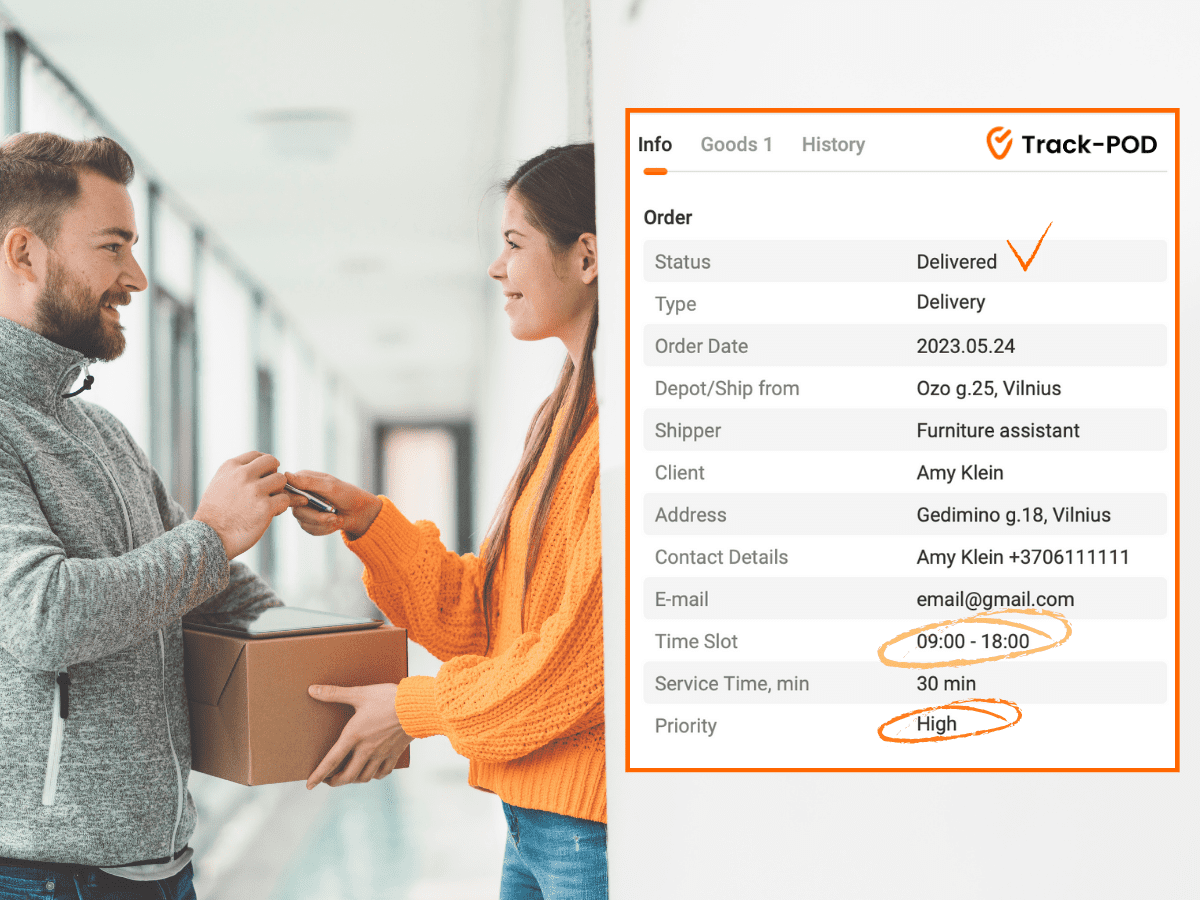
2. Correct delivery information
Incorrect information about the customer, like the wrong home address, phone number, etc., is one of the most common reasons for failed deliveries.
You can add features like autocomplete and address/phone number validation to your website to prevent these issues.
Dispatchers can also perform additional checks, but automation is always preferable to reduce extra work and human errors.
3. Route optimization
A crucial factor affecting your FADR is route optimization, the holy grail of last mile delivery.
Route optimization algorithms should not only generate the quickest routes between the addresses but also consider order priority and delivery time slots.
The percentage of 'first time right' orders greatly depends on how precise and efficient your routes are.
3. Load check and barcode scan
Once routes are optimized, your couriers must ensure that all packages have been loaded into a truck in the correct sequence.
Loading orders according to driver stops and order priority is crucial for efficient operations. This prevents priority packages from getting lost at the bottom of the stack.
Using a QR/barcode scanner to confirm that the vehicle was loaded correctly is one way to make load checks easier.
To perform a load check, your courier will need to:
-
Create and print shipping labels;
-
Use a barcode scanner to read the QR or barcodes on the labels;
-
Make sure that all codes are recognized and belong to the assigned site.
Advanced delivery driver apps, like Track-POD, can handle both tasks with no extra fees.
Because the driver can see if the correct shipments are loaded in the proper order, the chances of a failed first delivery attempt will be close to zero.
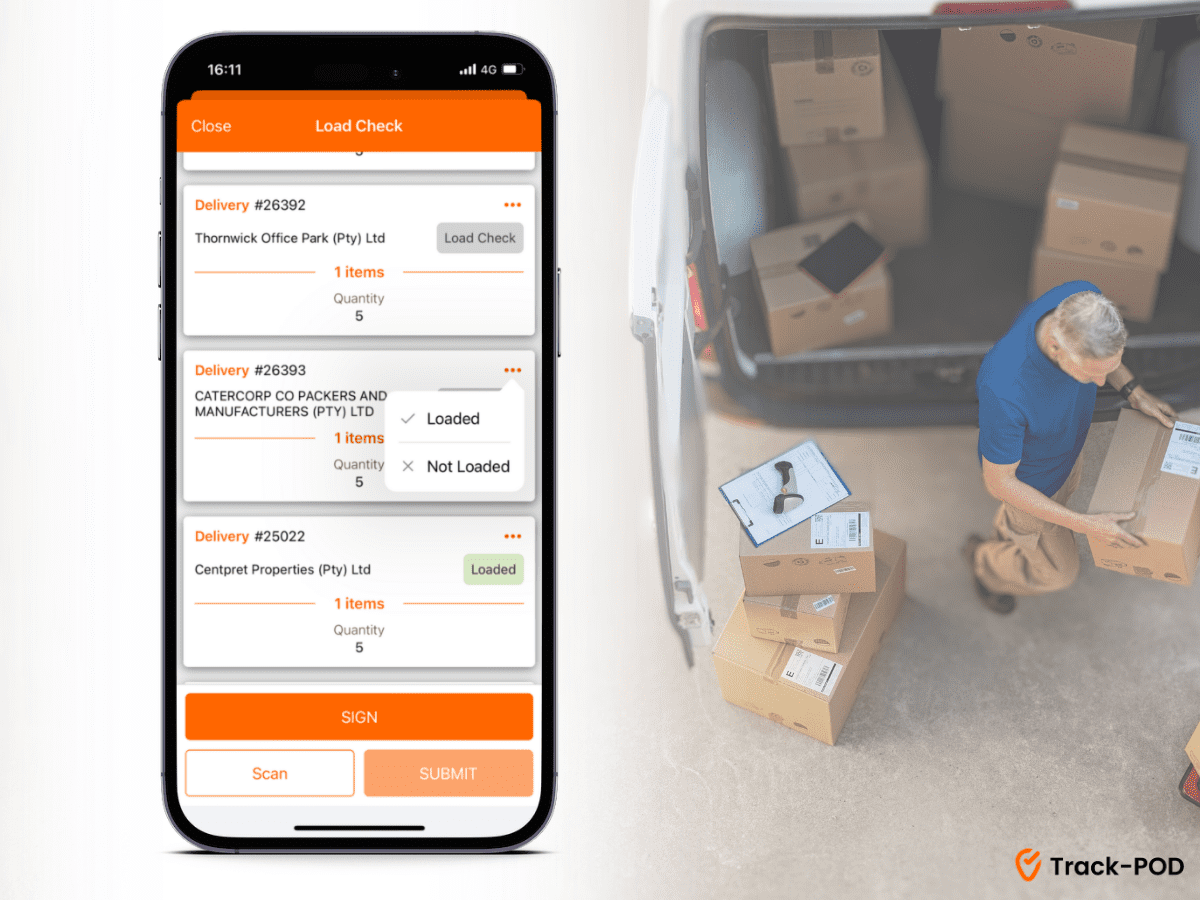
4. Live tracking and ETA
Without delivery notifications, 'first time right' deliveries would be impossible. Customers rely on delivery notifications to track their orders and plan accordingly.
It is essential to provide a way for customers to quickly locate their delivery drivers in case of any issues or delays.
The most helpful tools for last-mile delivery software that can help your FADR run more smoothly are:
-
SMS & Email notifications;
-
Live tracking;
-
Dynamic estimated time of arrival (ETA).
All of the above will keep your customers and dispatchers informed. Customers aware of their order's progress are more likely to be available when it arrives for pickup.
5. Photo proof of delivery
Photo confirmation, as one of the proof of delivery tools, is a helpful instrument to avoid missed deliveries.
Customers frequently ask to have their packages dropped outside their door. So a courier can take a picture as proof and mark the order as 'Delivered' even if a customer is not home.
The courier will not have to return for redelivery and will be protected in case of a customer complaint.
Wrapping up
The success or failure of your business can be measured by a number of key performance indicators (KPIs), including the FADR.
We've identified ways to keep your FADR performance consistent and high.
Let's recap the most important points.
-
Low FADR can cause extra expenses on fuel, warehousing, customer support, and penalties.
-
Customers appreciate 'first time right' orders and are likely to return if the initial delivery succeeds.
-
To keep track of FADR, you must use advanced analytics tools available in delivery management software, like Track-POD.
-
You need to constantly monitor your performance and learn from the identified issues.
-
Pay attention to time slots and order priority settings for increased delivery accuracy.
-
Make sure to collect the correct customer address and other delivery information.
-
Use route optimization and load check tools to find the shortest routes and accurately load your vehicles.
-
Keep your customers updated on order status at all times with live tracking and ETA notifications.
-
Provide your couriers with proof of delivery tools to simplify the delivery confirmation process.
We hope those practical insights will help you improve your FADR and overall performance and make those 'first time right' deliveries happen every time.
About The Author
Alina Kostukova
Skilled marketing content creator with a background in digital media and public relations. Focused on creating first-rate text and visual content that stands out and tells compelling stories.

